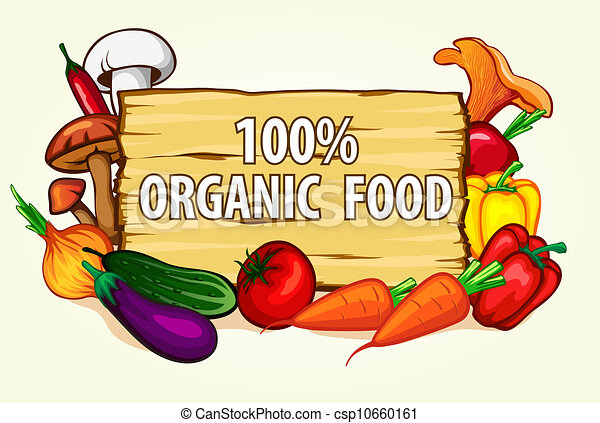
You don't have to cut out salt completely from your diet. You can still enjoy delicious foods, even if they are low in sodium. You need to select the right kinds of food. A few of these examples are processed meats, canned goods, and cheese. Low-sodium tomato juice or paste are also available. Choosing low-sodium meat and dairy products will also save you money and time.
You can find whole-grain pasta and fresh fruits among the foods low in sodium. Nuts are rich sources of healthy fats as well as protein, fiber and essential vitamins and mineral. They also contain antioxidants that protect against free radicals and fight the negative effects caused by sodium. You can read this article to find out the best ways to cut sodium.
Food labels should clearly indicate the sodium content to avoid any adverse effects. For example, look for the "Heart-Check" seal. Some of the most popular processed meats contain high amounts of sodium, and you should avoid these products. In addition, make sure to check the ingredients and make sure they are labeled as "low sodium" or "low sodium." Try cooking with fresh herbs, if necessary. Alternatives include celery seed and onion powder.
Try substituting low-sodium processed cheddar cheese to reduce your sodium intake. Try substituting cottage cheese, mozzarella, or buttermilk for these substitutes. You can also substitute table-salt with spices and make homemade juice from canned beverages. Avoid canned foods, as well as roasted salted almonds. These types of foods are high in sodium and should be avoided. It is also a good idea not to rinse canned food with water before you consume them.
To avoid consuming too much sodium, try to spread it throughout the day. Reduce your sodium intake by eating fruits and vegetables. Avoid high-sodium food. At restaurants, ask for less salt. Custom-made dishes are healthier for you and contain less sodium. Ask for sauces and dressings if you're ordering from a restaurant. Ask for lower-sodium options if you dine out.

When trying to reduce your sodium intake, the first thing you should do is to read the labels of any food that you eat. Always read the label. The label will tell you the serving size, ingredients and sodium content. A product should not have more that 140 mg sodium per serving. To make popcorn even more delicious, you can add spices. This snack is high in fiber and very low in sodium.
You should avoid salty foods but there are some foods that are low sodium. Whole grains and breads are rich in fiber and low in sodium. Rice bran is a good source, with only 6 mgs of sodium per cup. Be aware that whole grain products can contain additional salt. For example, multigrain bread contains nearly 170 mgs of sodium.
Fresh fruits can help you reduce sodium intake. Fresh fruits are low on sodium and full of essential vitamins and minerals. One milligram of sodium in an apple is about 6% of the daily recommended intake. Greek yogurt contains the same amount of sodium that plain yogurt, but has more protein. This makes it a great choice if you are watching your sodium intake. It is also a great source of potassium, which is essential for maintaining healthy blood pressure.

Some foods have extremely high sodium levels. These levels are still low in comparison to other foods. Vegetables contain more sodium than any other type of food, and they are a good source of fiber. For example, one cup of beets has 84 milligrams of sodium while half a cup of spinach has 63 milligrams. Other "salt-free" foods include asparagus, corn, green beans, and avocado.
FAQ
Where can I get free online cooking lessons
Numerous websites offer free cooking lessons. YouTube can be searched for videos showing you how to make different meals. You can access thousands of recipes from some websites. You will need to pay a monthly subscription, but you can still try the site for free for 30 day.
What does a culinary program cost?
The costs of culinary school can vary depending on where and how long it takes. The average tuition cost is $10,000-$30,000 annually. Most students graduate with approximately $20,000 in debt. There are programs that offer work-study and scholarships.
What skills is required to attend culinary school
You must have the ability to cook well and work under pressure. To learn how cook, enroll in cooking courses at your local high schools or community colleges. Once you've learned basic techniques, you'll need to find a job working for a restaurant or catering company.
What's the difference between a professional chef and an amateur cook?
A chef prepares food to be served to others. A cook prepares food for his or her own consumption. Both jobs require the preparation of food. However, chefs work directly with their customers. This means that they can have to decide what food to serve customers based their preferences. The cook does not have to interact directly with customers. Instead, the cook ensures that the food tastes great before serving it to customers.
Which career path is best for someone who wants a career as a chef or chef? How can I start my career as a chef?
You should start as an apprentice if you are interested in becoming chef. Apprenticeships let you work for many years and pay no tuition fees. You can apply to become a sous-chef after you have completed your apprenticeship. Sous chefs assist cooks with tasks such as making salads, and desserts. They oversee all aspects of the restaurant's operation.
Statistics
- under 10 Kids have been taught that there is special food just for them, and Fiese says that 10 percent of kids will throw a tantrum if they don't get the food they want. (washingtonpost.com)
- On average, chefs earn $58,740 a year, according to the BLS. - learnhowtobecome.org
- In the United States, the category is estimated at $23.2 billion annually and is growing faster than the market. (washingtonpost.com)
External Links
How To
How to become a chef
A career path for chefs is one of the most interesting careers you could choose. You will need to have a lot of skills and knowledge in order to choose the right job for you. You can start immediately if you are looking to enter this field. There are many options for you to work in restaurants, hotels, catering businesses, or take cooking classes. These tips will help you make a decision.
-
Learn how to cook! Cooking is something that everyone should master at least once. It doesn't matter if your knowledge of food is limited, you can learn how to make it. There are so many great recipes available online. They are also easy to follow. You should not rush learning new skills. Enjoy every step and take your time.
-
You should get a degree in culinary arts
If you wish to become a professional chef, a culinary arts degree might be the right choice. This will allow you to create your own style, taste and gain valuable knowledge. Culinary schools offer many courses, including baking, pastry, meat cutting, and more. Most schools require that students attend classes for many years before they can graduate. But if you really want to become a chef, you should think twice before choosing any school.
-
Work in a restaurant
Working in a restaurant is probably the easiest way to enter the world of chefs. Many people start out as chefs because they get hands-on experience. Restaurants are always looking for qualified staff, particularly those who have experience in other areas. So if you want to become a chef without formal education, you should look for restaurant jobs.